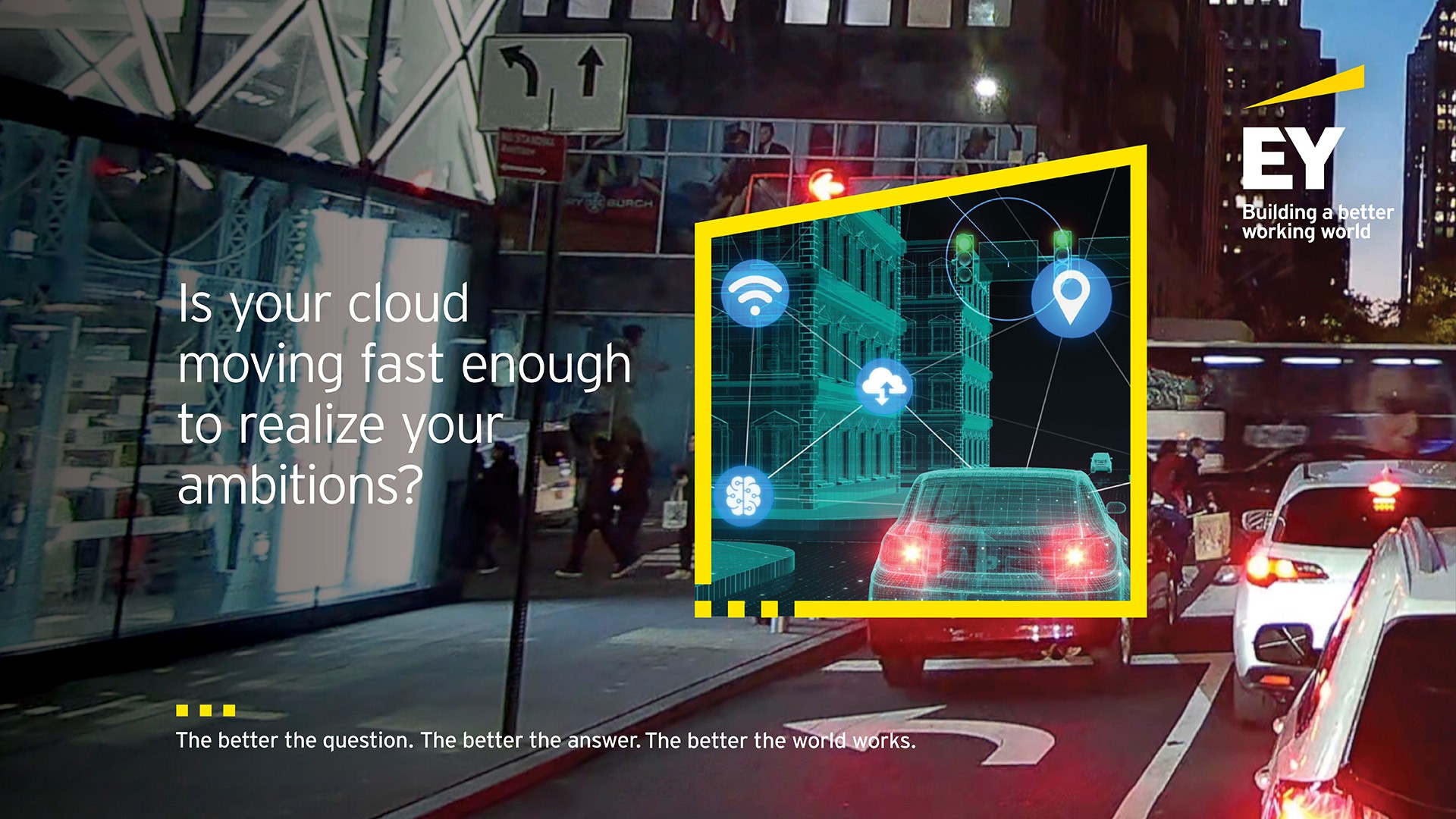- 53 percent of senior executives rank data and analytics as their top investment priority.
- Cloud, AI and IoT are the top technology priorities for transformation leaders.
- Humans are an essential element of technology transformation
We are entering an entirely new age of data and analytics, built on a recipe of technology, ecosystems and talent. Our bi-annual Tech Horizon research is part of the CIO Imperative Series to help CIOs reframe the future of their organizations. Tech-enabled transformations that exceed expectations forecast higher average annual revenue growth of 5.7 percent (vs. 4.0 percent for transformations falling short of expectations).
From data management to data centricity
Data and analytics will drive the enterprise and be integrated into every activity. By automating mundane tasks, executives and workers will be freed up to focus on value. Customer feedback will be real-time and accurate.
A well-developed data strategy should include:
- Clear priorities for identifying use cases
- A plan for data governance
- High-level architecture to enable execution of use cases and governance
- A data literacy plan
Our study found that companies are investing in four technologies to build their digital foundation:
- Data and analytics is the number one investment priority.
- Cloud remains a top priority.
- IoT to understand operational behavior patterns, drive profitability and create new forms of value.
- AI/ML to drive insights to rapidly react to and anticipate customers’ expectations.
Transforming insights through data centricity
Many companies cannot trust the insights they generate from data because of poor governance and management. In future, AI/ML will transform data so that it will no longer be static, but will continually update and ‘cleanse’ itself, and pull in more information as customers and market conditions change.
Figure 4: Data and technology barriers to executing the transformation
By modernizing data platforms and decommissioning legacy systems, companies cut the cost of their IT infrastructure. An increasing number are developing new revenue-generating operating models including commercializing their data.
Managing huge data quantities
Emerging technologies help to rationalize flows of data and improve its management. Software defined storage (SDS) can increase efficiency and scalability. Flash array, now becoming more affordable, can help to manage data at scale.
Putting humans at the heart of technology
Humans will change their relationship with technology.
| Current state | Data centricity |
| Repetitive, low–value tasks | Users transition to strategic work |
| Elite group of knowledge workers | Everyone is a knowledge worker |
| Command and control | Users define their work |
| Customers as outsiders | Real-time data on preferences, pricing and post-sale services |
| The Great Resignation | Higher retention of employees who see value in their jobs |
The skills shortage is the defining constraint – within the technology function and across the wider workforce. According to our research, 71 percent of companies are increasing spend to access technology skills.
Forward-looking companies prioritize initiatives to secure digital skills, and adopt innovative talent strategies and partner to access talent. EY recommends taking a talent-ecosystem approach – a combination of hiring, upskilling, third-party solutions, automation and gig workers.
Five steps towards data-centricity
- Create a data-centric vision
Integrate data into every major decision and process.
- Use cases should be your foundation
The data-centric vision is the ultimate goal, closely aligned to corporate strategy.
- Find and fill the gaps
Assess the infrastructure, cloud, AI, data and analytics – and lay out their desired future state.
- Focus on outcomes – especially regarding customer-centricity
Integrate data centricity into all your customer relationships, and act on the data insights, by adjusting strategy and actions.
- Make it about humans
There is a need for digital leadership, data literacy, and a digitally mobilized workforce.




